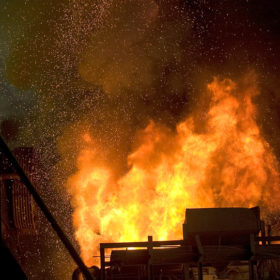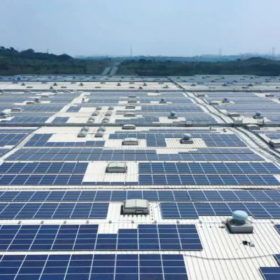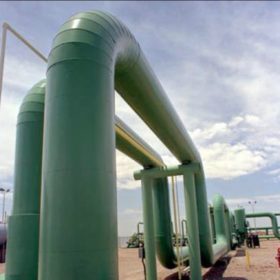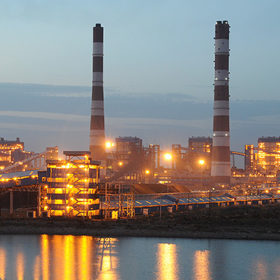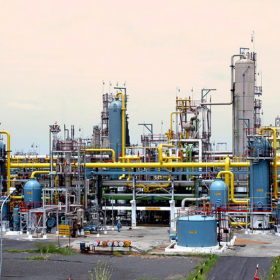India has awarded more than 8 GW of utility-scale energy storage in tenders as of November
A new report by IEEFA and JMK Research says energy storage systems are poised to attract the highest investment of all emerging renewable energy sectors this decade, concurrent with the increasing penetration of renewable energy in the nation’s electricity grid.
India’s solar module exports to USA to keep rising till FY 2025
Indian solar module manufacturers will have significant opportunities until July 2024 to sell their products in the USA market. However, their exports to the USA may start stagnating from 2025 and declining from 2027 onwards as the USA develops domestic capacities under its Inflation Reduction Act (IRA), according to a new report by IEEFA and JMK Research.
Green hydrogen to become primary fuel for steelmaking in India only by 2050
The steel industry in India will replace around 25-30% of its grey hydrogen requirements with green hydrogen in the early part of the 2030-50 period. This will increase to 80% by 2050, says a new report by the Institute for Energy Economics and Financial Analysis (IEEFA) and JMK Research & Analytics.
India expected to add a record 4 GW of rooftop solar in fiscal 2024
Despite major roadblocks, rooftop solar capacity additions in the country are growing fast, with nearly 2 GW already added in the four months ending July 31, 2023.
The hydrogen motives: understanding the ‘why’ of the hydrogen push in Asia and beyond
Various industry interests are at play behind clean energy drive
Integrating higher share of renewable energy in India’s power system
To increase the share of renewable energy, India needs to introduce demand-side measures like time-of-use tariffs, develop a well-connected national grid, deploy various energy storage options for grid balancing services, and convert its fossil-fuel-powered fleet to operate flexibly.
Reviving stranded power plants better than investing in new thermal capacity
Strategic acquisitions and subsequent revival of stranded thermal power plants will better serve India’s short-term energy security needs than investing in new ones.
Funds may dry up for APAC oil and gas firms slow on diversification path
While more financiers are committing to limiting capital for fossil fuel, their oil and gas sector borrowers in the Asia Pacific region still adopt a wait-and-see approach to new energy.
Bangladesh needs up to $1.71 billion annually till 2041 for 40% renewable energy capacity
A new report says the time is ripe for Bangladesh to increase renewable energy-based generation capacity to reduce costly fossil-fuel imports and drive down subsidy burdens on the power sector. It finds the nation would need to consistently invest $1.53 billion to $1.71 billion annually until 2041 to build a 40% renewable energy capacity of the electricity demand of 61,866 MW in 2041.
India could become world’s second-largest solar manufacturer by 2026
India’s solar module manufacturing capacity could reach 110 GW by 2026. It will also have a notable presence in all upstream components of PV manufacturing, such as cells (59 GW), ingots/wafers (56 GW), and polysilicon (38 GW).


